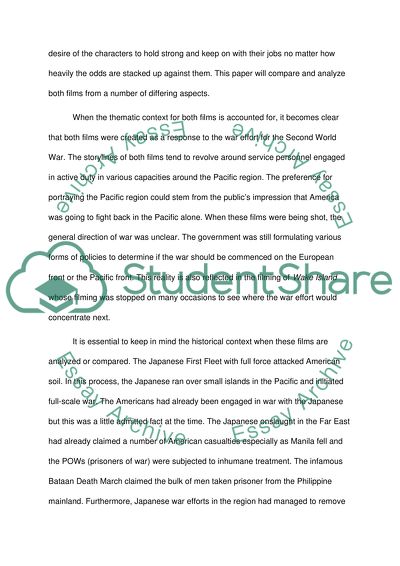Cite this document
(“A Portrayal of War in Cinematography: Wake Island So Proudly We Hail Essay”, n.d.)
A Portrayal of War in Cinematography: Wake Island So Proudly We Hail Essay. Retrieved from https://studentshare.org/visual-arts-film-studies/1444103-comparison-and-contrast-persuasive-essay
A Portrayal of War in Cinematography: Wake Island So Proudly We Hail Essay. Retrieved from https://studentshare.org/visual-arts-film-studies/1444103-comparison-and-contrast-persuasive-essay
(A Portrayal of War in Cinematography: Wake Island So Proudly We Hail Essay)
A Portrayal of War in Cinematography: Wake Island So Proudly We Hail Essay. https://studentshare.org/visual-arts-film-studies/1444103-comparison-and-contrast-persuasive-essay.
A Portrayal of War in Cinematography: Wake Island So Proudly We Hail Essay. https://studentshare.org/visual-arts-film-studies/1444103-comparison-and-contrast-persuasive-essay.
“A Portrayal of War in Cinematography: Wake Island So Proudly We Hail Essay”, n.d. https://studentshare.org/visual-arts-film-studies/1444103-comparison-and-contrast-persuasive-essay.


